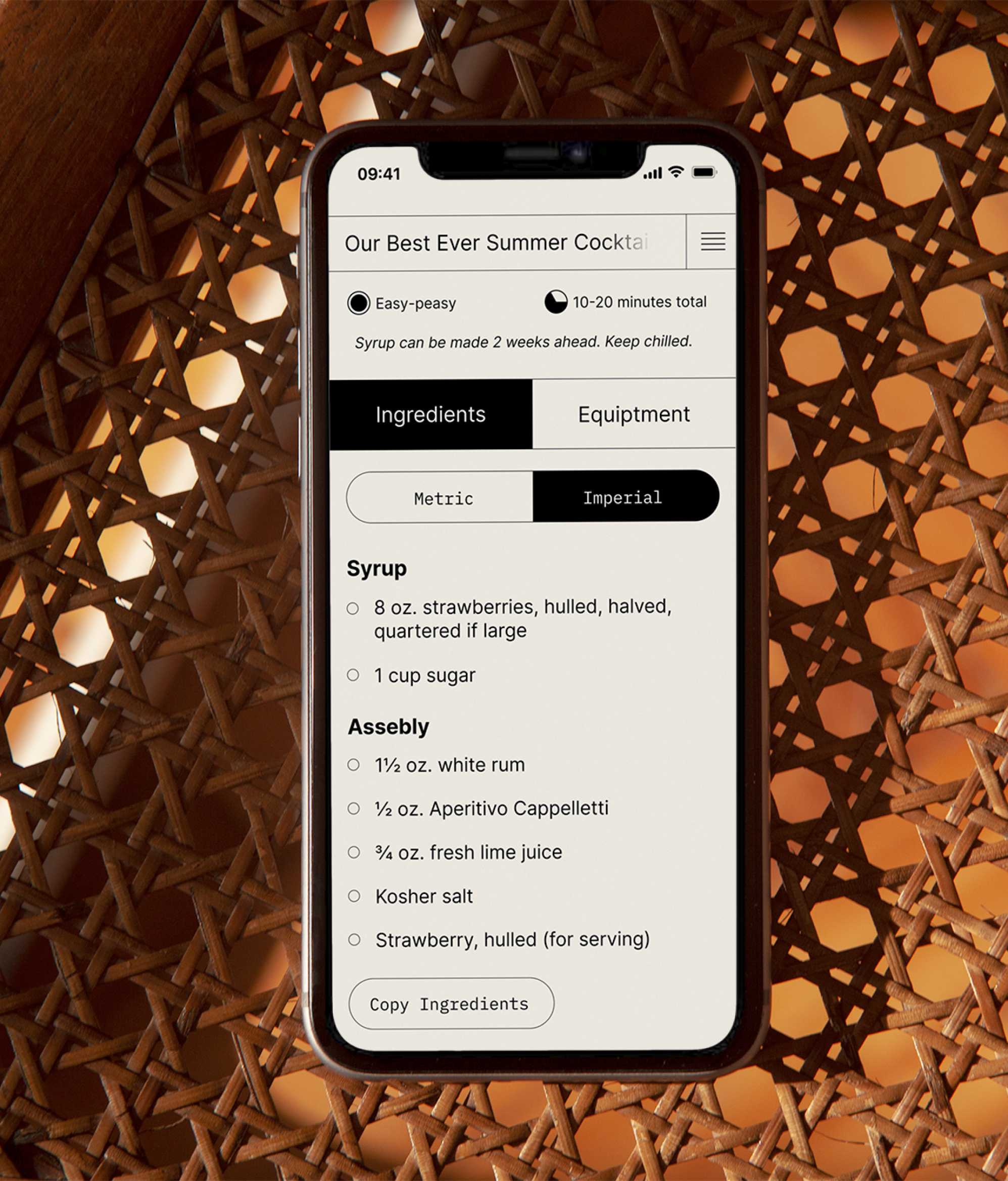
UX/UI Designer
Visual Designer
This was a personal project I took on at Your Majesty.
Special thanks to Gabrielle Carlson, Henriette Brück, and Sebastien Dancer-Michel, Magnus Löwing for all your input and feedback.
.jpg)

.jpg)
What are the problems with cooking sites?

What are people's goals on cooking sites?


.jpg)
Defining clear product goals.
Make decision pages unobtrusive but highly visual.
Decision pages needed to answer user’s most important questions.


Use iconography to highlight important information.



Recipe pages built for how people cook.
.jpg)